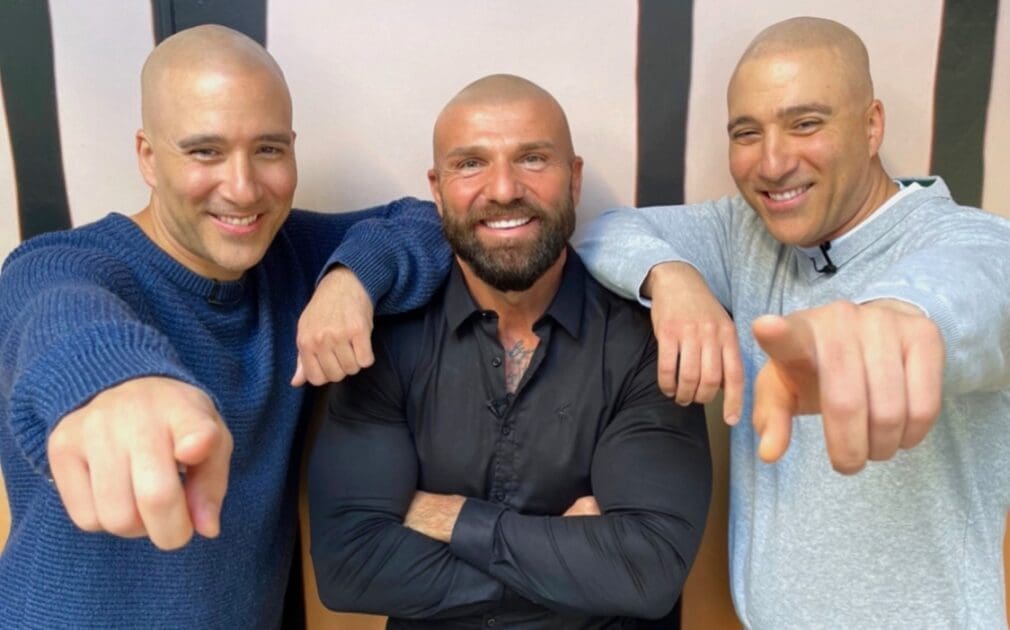Experimental Hair Loss Treatments from Doctors and Scientists

One of the growing trends for men dealing with hair loss is to make an appointment for scalp micropigmentation. At some point during their lives, most people will battle hair loss. Some will experience thinning on specific parts of their head, while others will lose chunks of hair all over.
This type of treatment does not replace hair or cause it to regrow. Instead, it gives your head a natural and more even-looking hairline. The process of scalp micropigmentation can take several sessions. During each session, your practitioner will use a micro-needle to place tiny impressions to recreate the look of short hair.
So, the big question is ‘what are doctors and scientists doing to battle hair loss? First, let’s dive into the causes of hair loss and what you can try at home before purchasing a treatment.
What Causes Hair Loss in the First Place?
Hair loss is rarely caused by any one factor. Three of the most common reasons you might be dealing with hair loss include genetics, stress, and age.
The hair growth cycle is relatively easy to understand. Each hair follicle goes through a growing, resting, and shedding phase simultaneously. Some doctors and scientists hypothesize that when hair thinning begins, it is because hair follicles are dormant or resting for longer than they should. There are several reasons why this might happen.
For instance, hair thinning can be a consequence of a stressful life situation or even a side effect of medication. It could also result from genetics. Some experts estimate that fifty percent of men will experience hair loss or thinning and that some will have this happen before the age of thirty.
This leaves a big question: Is there a way to prevent or stop hair loss? The answer to that largely depends on each individual. If you are dealing with this condition due to genetics, little can be done to prevent it fully. However, there is still a possibility of slowing it down.
Many physicians and hair loss experts will suggest starting with a change in your diet. Make sure you eat plenty of green vegetables and get critical nutrients like protein. Other studies in progress reveal there might be a connection between eating a fish-rich diet and the slowing of hair loss. These studies, however, are still in their infancy, so keep that in mind before trying them out.
Experimental Hair Loss Treatments:
Hair Farms
Scientists at Columbia University-Irving Medical Center have branched out their thought process for combatting hair loss. It starts with the use of a 3D printer in fabricating a small plastic mold that mimics the look of the scalp.
Scientists then bioengineer human skin, placing it over the plastic mold. Hair follicles from human volunteers were planted within the printed skin and covered in a concoction of nutrients, including Keratin and a new experimental drug called a JAK inhibitor. After several weeks in the right microenvironment, new hairs began to grow out of the mold.
Current hair replacement surgeries require the ‘harvesting’ of hair follicles from the back of the patient’s head and replanting them toward the front or top of the head where the hair is thinning. However, if this new and experimental treatment appears on the market, patients will no longer have to undergo such strenuous surgeries.
Instead, hair grown on a ‘farm’ will be implanted onto their head. Whether or not this treatment will ever get on the market will not be known for many many years, as it is still in the beginning research stages.
Waking Up Dormant Follicles
In the previous section, you read about an experimental drug called a JAK inhibitor. This drug is found to reawaken dormant hair follicles, which is a known cause of hair thinning.
In layman’s terms, the study that led to the creation of JAK inhibitors began with the discovery of new cells. These cells are called Tricophages and are believed to be associated with causing dormancy in hair follicles.
After this discovery, scientists at Columbia University-Irving Medical Center created the JAK inhibitors that block receptors on the Tricophage cells. Scientists hope that this new drug will help ‘jump start’ hair growth but it is in the very early stages of theory and research.
Scalp Micropigmentation is a Non-Invasive Hair Loss Treatment!
Let’s focus on hair loss treatments that can work for you right now! You can avoid invasive surgeries that may or may not work by instead getting a micropigmentation treatment. In a few sessions, your scalp artist will create an even hairline covering any spaces where hair loss or thinning has happened.
This process is easy and can be done in just a few sessions. Contact your micropigmentation specialists at Scalp Micro USA to schedule a consultation and your first session. Get your confidence back by calling Scalp Micro USA today!

Tired of hair loss?
Get the perfect hairline, 100% guaranteed, with our scalp
micropigmentation treatment that is customized just for you. No more
crazy combovers. No more ineffective medications. Just results.